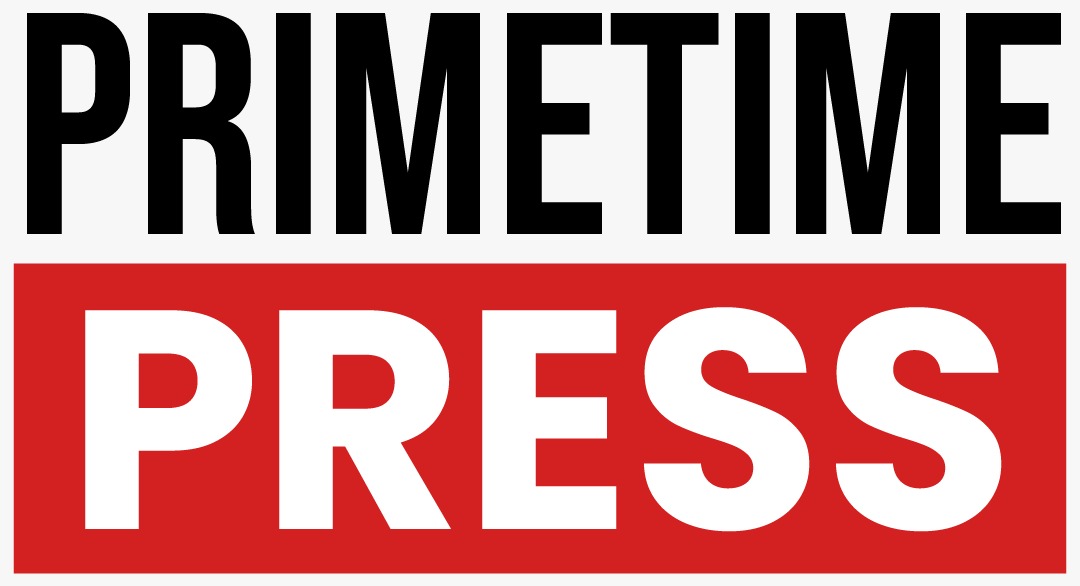The S&P 500 index reached a new all-time high in early July 2025, signaling robust investor confidence and a resilient U.S. economy. This milestone reflects a confluence of positive factors, including strong corporate earnings, advancements in technology sectors, and favorable economic indicators.
On July 2, 2025, the S&P 500 closed at a record 6,200 points, marking a significant rebound from its April low of 4,982.77—a recovery of over 24%. This surge is attributed to easing trade tensions, particularly between the U.S. and China, and a stabilization of geopolitical factors, such as the ceasefire in the Middle East.
Corporate earnings have been a driving force behind the market’s ascent. In the first quarter of 2025, S&P 500 companies reported a blended year-over-year earnings growth rate of 13.6%, surpassing the five-year average of 11.3%. Sectors like healthcare, communication services, and information technology led the charge, with healthcare reporting a remarkable 43% increase.
The technology sector, in particular, has been instrumental in propelling the index upward. Companies such as Nvidia, Microsoft, and Apple have seen significant gains, fueled by advancements in artificial intelligence and increased demand for AI-related products and services.
Economic Indicators and Federal Reserve Policy
The broader economic landscape has also contributed to investor optimism. A strong second-quarter GDP growth rate and a decline in unemployment have reinforced confidence in the economy’s resilience. Additionally, the Federal Reserve’s recent policy statements have signaled a commitment to supporting economic growth while managing inflation, further bolstering market sentiment.
Expectations of potential interest rate cuts by the Federal Reserve have also played a role. Analysts anticipate that the central bank may begin cutting rates as early as July, in response to softer economic indicators and a desire to sustain economic momentum.
Investor sentiment remains cautiously optimistic. While the market has achieved significant gains, analysts advise investors to remain vigilant and avoid common pitfalls, such as attempting to time the market or succumbing to fear of missing out (FOMO). Instead, strategies like dollar-cost averaging and portfolio diversification are recommended to navigate the evolving financial landscape.
Looking ahead, projections for the S&P 500 remain positive. UBS and Yardeni Research project the index rising to 6,500 by year-end, supported by improved GDP forecasts and anticipated trade deals. However, risks such as geopolitical tensions, tariff uncertainties, and inflation concerns persist, underscoring the importance of a balanced investment approach.
In summary, the S&P 500’s record high in July 2025 reflects a confluence of strong corporate performance, technological advancements, and favorable economic conditions. While challenges remain, the current trajectory suggests a robust economic outlook for the remainder of the year.

